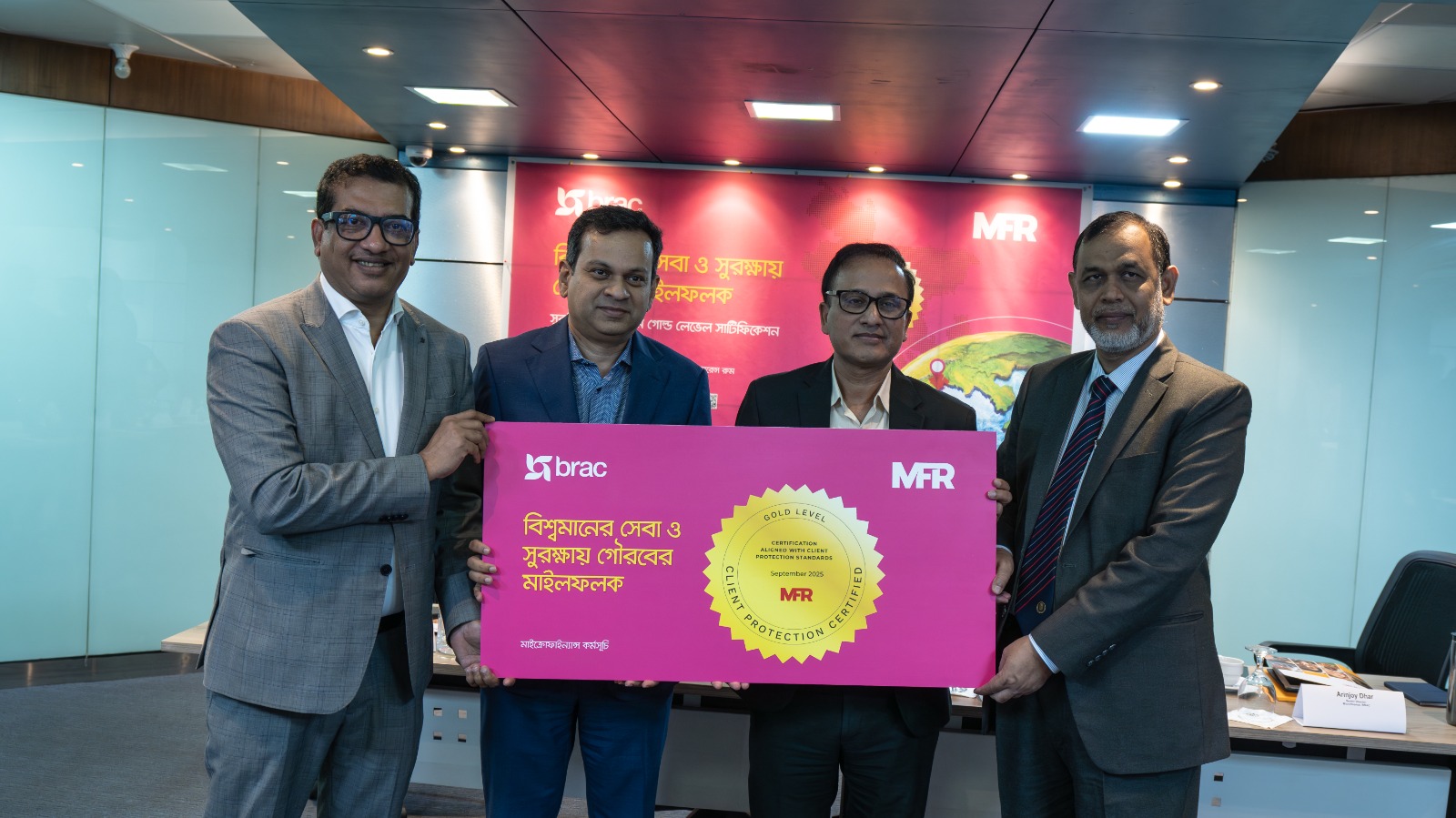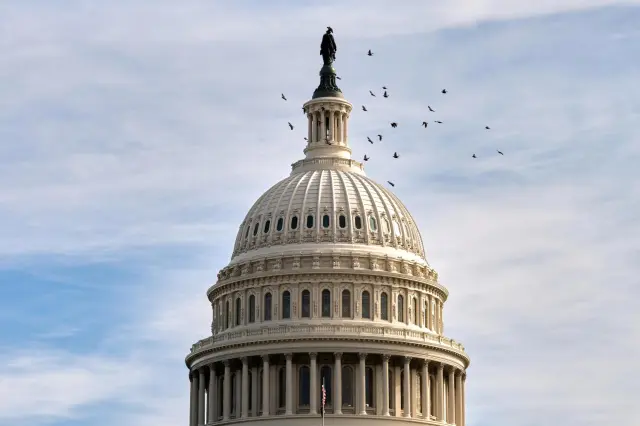CHINA AND ICELAND DEEPEN TIES ON GEOTHERMAL AND GREEN ENERGY

What the cooperation covers
China and Iceland pledged to expand cooperation on geothermal and broader green-energy projects, laying out plans for government-to-government links and commercial partnerships. The joint statement highlights technology exchange on exploration, drilling and district heating—areas where Icelandic firms have long experience. It also points to support for pilot projects in Chinese cities shifting away from coal boilers. Both sides cast the work as climate-aligned industrial policy that could deliver jobs and cleaner air while helping reach decarbonization goals.
The near-term focus is pragmatic: mapping basins, training engineers and financing bankable projects. Chinese utilities are scouting sites where low-to-medium temperature resources can support heating networks, greenhouses and industrial processes. Icelandic players can bring reservoir modeling, corrosion mitigation and reinjection know-how. Multilateral lenders may underwrite early deployments if projects meet transparency and environmental safeguards. By design, district energy ties together emissions cuts and energy security, reducing reliance on imported fuels for winter heat.

Strategic motives also matter. China wants to diversify its clean-heat options beyond electric heat pumps and gas, especially in northern provinces. Geothermal fits the “always-on” profile that stabilizes grids under rising data-center loads. For Iceland, the partnership opens a vast market and a chance to lock in standards that favor its technologies. It also aligns with Reykjavik’s push to export expertise rather than raw resources, extending a playbook used in East Africa and Eastern Europe.
Challenges are real. Subsurface risk makes exploration capital-intensive, and project economics hinge on drilling success rates. Water chemistry can trigger scaling and equipment wear. District heating requires coordinated urban planning and patient financing; retrofitting buildings is messy. Governance will be scrutinized to ensure land rights, community benefits and environmental safeguards are respected. Yet the calculus is shifting as air-quality mandates tighten and cities budget for resilient, low-carbon heat.
If executed, the tie-up could accelerate learning curves and lower costs in a sector often overshadowed by wind and solar. Replicable designs, standardized components and shared data would help municipal leaders replicate success across climates. For energy planners confronting volatile fuel prices, steady geothermal heat—paired with efficiency upgrades—offers a path to cleaner warmth without grid strain.




















